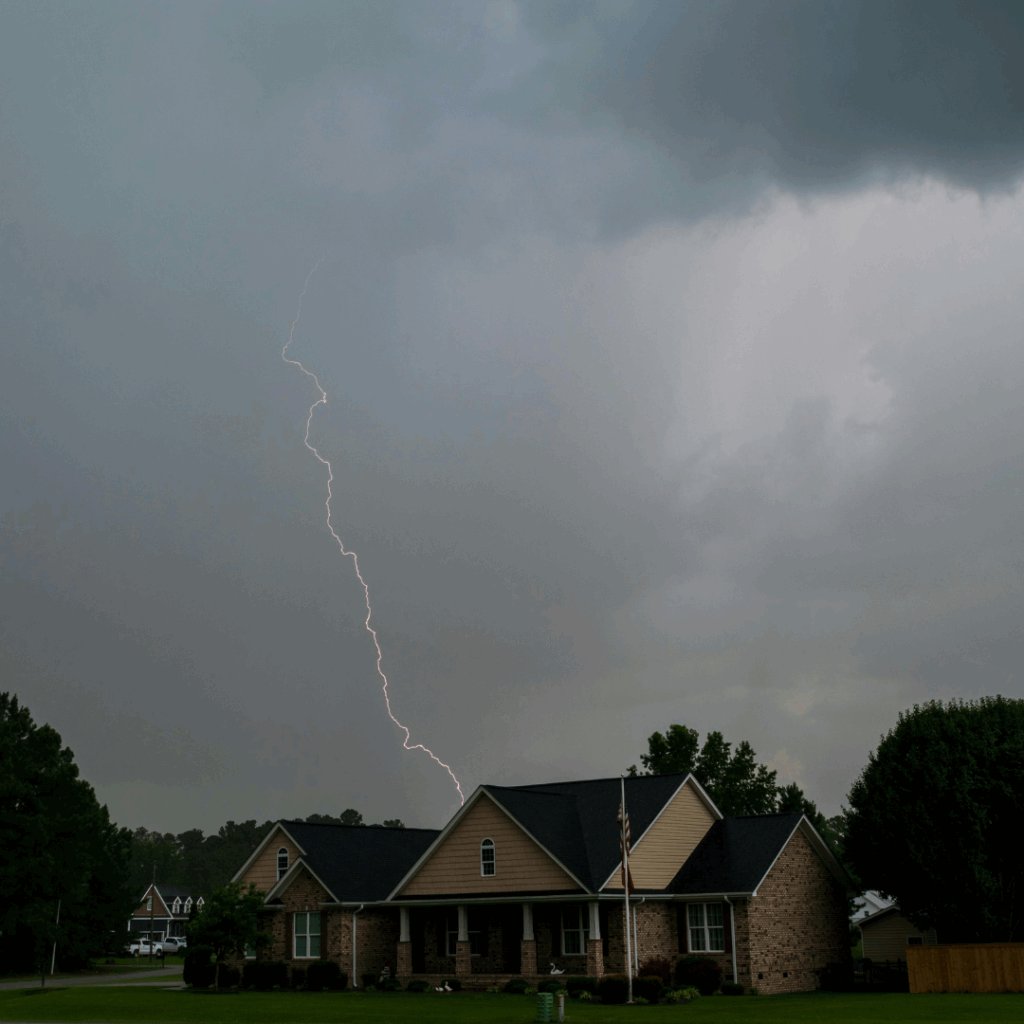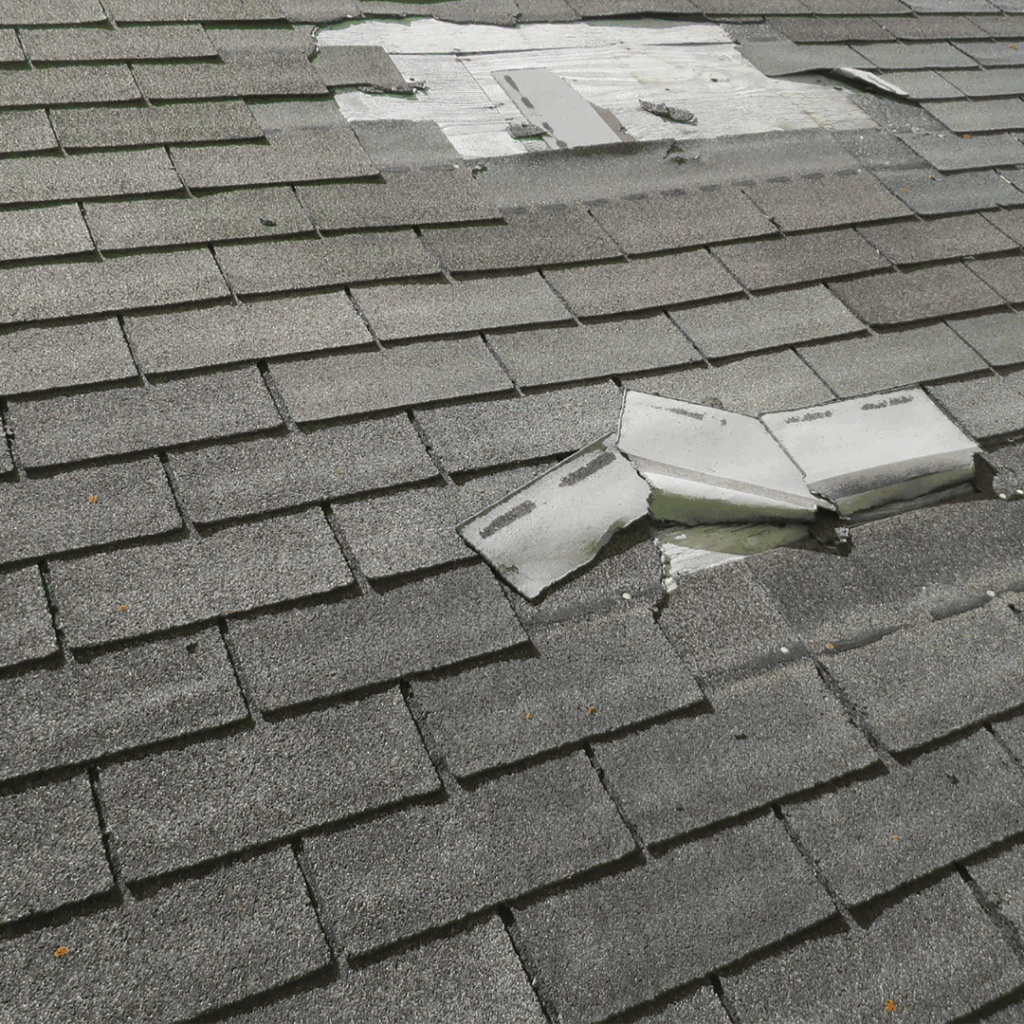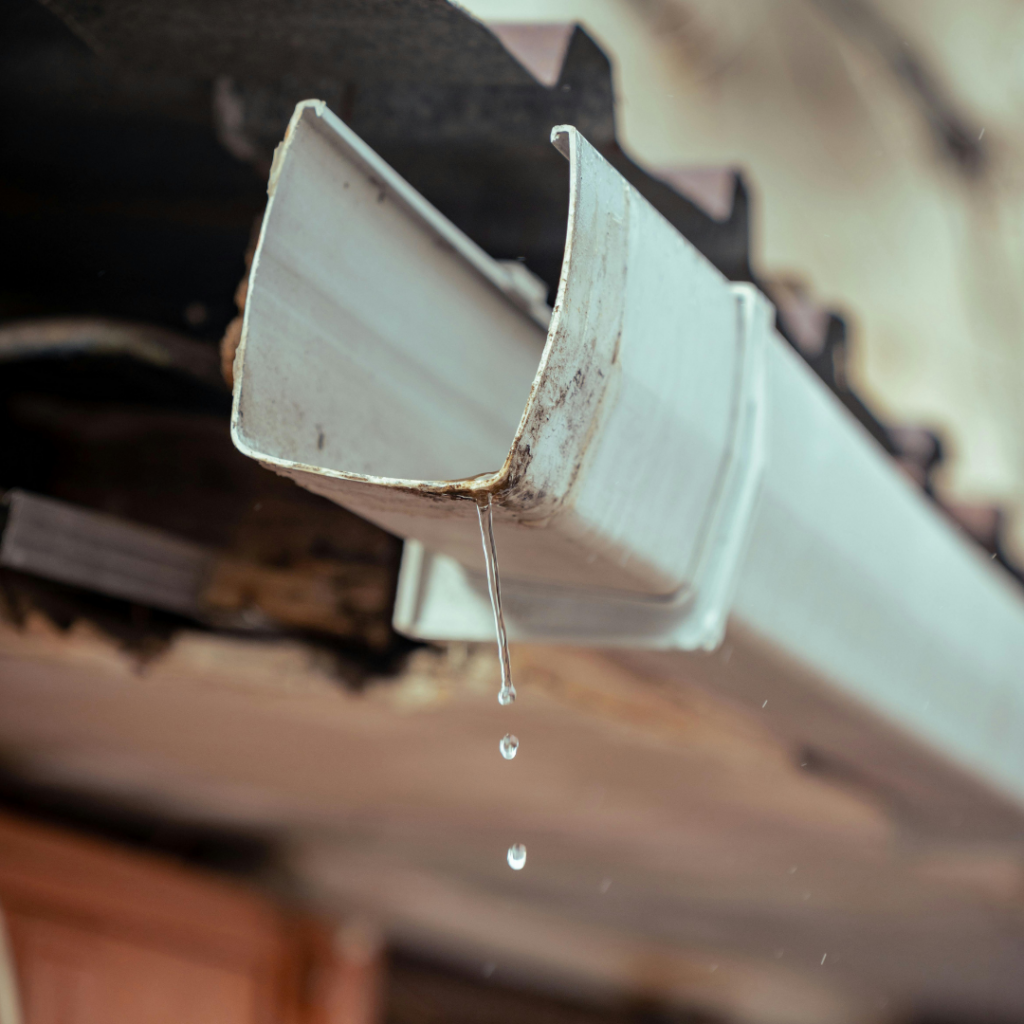Severe weather can be stressful for homeowners—and while you may check for flooding or fallen branches first, your roof deserves just as much attention. After all, it’s your home’s first line of defense. High winds, heavy rain, hail, and flying debris can all cause subtle or significant roof damage, even if things look fine from the ground. Ignoring these signs can lead to more costly issues down the line, like leaks, mold, and structural decay. Below are the most common signs of roof damage after a storm, plus what you can do to protect your home.
1. Missing or Damaged Shingles

This is one of the most visible signs of storm-related roof damage. High winds can lift or rip off shingles, while hail or debris can crack or bruise them. After the storm passes, walk around your property and look for shingles that are curled, buckling, or completely missing. If you see roofing material scattered on the ground or in your yard, it’s likely damage has occurred. Also check for excessive granules in your gutters or on the driveway—this indicates that the protective coating on your shingles has been compromised. Damaged shingles leave the underlayment and decking exposed to the elements, increasing the risk of water leaks and insulation damage.
2. Dented or Broken Flashing
Flashing is the thin metal material that seals vulnerable areas of your roof, such as around chimneys, skylights, dormers, and vent pipes. It’s essential for preventing water from seeping into joints and gaps. During a storm, high winds and flying debris can dent or dislodge flashing, breaking the seal and allowing moisture to get in. This can result in slow, undetected leaks that cause rot, mold, or drywall stains over time. If you notice pieces of metal in your yard or signs of rust or shifting around your roof features, it’s time for a professional inspection.
3. Leaks or Water Stains Indoors
One of the most serious and urgent signs of roof damage is an interior water leak. Water stains on your ceilings, bubbling paint, or discolored spots on walls—especially after a storm—often mean water has entered through the roof. Head up to your attic to check for wet insulation, sagging wood, or active dripping. These problems may start small but escalate quickly, potentially leading to structural rot, mold growth, and costly interior repairs. If your home shows signs of indoor water intrusion, contact a roofer immediately to locate and fix the source.
4. Sagging or Uneven Rooflines

A sagging roofline is a warning sign that should never be ignored. While it may not always be caused by a single storm, heavy rainfall or snow can worsen underlying structural weaknesses. Sagging could indicate water damage in the decking, compromised support beams, or even a risk of collapse in extreme cases. Look at your roof from multiple angles—if the ridgeline is dipping or the surface appears uneven, schedule a professional assessment right away. Addressing it early can help prevent much more serious (and expensive) damage.
5. Gutter and Downspout Damage
Your gutters and downspouts are vital in directing stormwater safely away from your roof and foundation. After a storm, inspect them closely. Are they dented, sagging, or detached from the fascia board? Do you see water spilling over or pooling near the foundation? These signs may indicate that your gutters have been clogged by debris or shifted during high winds. When gutters are damaged or blocked, water can back up under your shingles or pool around your home’s base—leading to roof leaks, wood rot, and basement flooding.
6. Debris Buildup on the Roof
After a storm, large tree limbs, branches, and debris can accumulate on your roof. Not only can this cause immediate impact damage, but it also traps moisture against the surface, accelerating the deterioration of shingles and roofing materials. Leaves and smaller debris can clog gutters and valleys, preventing proper water drainage. It’s important to have debris removed promptly—but avoid climbing up yourself. Hire a professional to safely remove it and inspect for punctures or compromised materials hidden beneath.
7. Granule Loss from Shingles
Asphalt shingles are coated with granules that help protect them from UV rays and environmental wear. During a storm—especially one with hail or heavy rain—these granules can be knocked loose. You’ll often find them in your gutters, at the bottom of downspouts, or on flat surfaces around your home. While some granule loss is natural over time, excessive loss after a single storm suggests your shingles may be aging prematurely or were damaged in the event. This makes them more vulnerable to cracking, curling, and sun exposure, which decreases your roof’s lifespan.
What to Do If You Suspect Roof Damage
If you notice any of these signs after a storm, act quickly. Begin by documenting the damage with clear photos from multiple angles. This will help if you need to file an insurance claim. Next, contact a licensed roofing contractor for a thorough inspection. Many offer free post-storm assessments and will check areas you may not be able to see from the ground. Avoid walking on the roof yourself—it may be slippery or unstable. If there’s visible damage, cover it temporarily with a tarp to prevent further water intrusion until repairs can be made
Conclusion
Storms can leave behind more than just broken branches and puddles—they can silently weaken the roof that protects your home. Knowing the signs of storm-related roof damage helps you take quick, confident action before minor issues turn into major repairs. Regular inspections, especially after severe weather, give you the peace of mind that your roof is doing its job—and help you avoid unnecessary surprises when the next storm hits.
The Role of Gutters in Basement Flood Prevention
When it comes to protecting your home from basement flooding, most homeowners immediately think of sump pumps,…
Signs of Roof Damage After a Storm
Severe weather can be stressful for homeowners—and while you may check for flooding or fallen branches first,…
Window Condensation: What It Means and What to Do
Seeing your windows fog up or collect moisture may seem like a minor nuisance, but in some…



